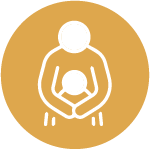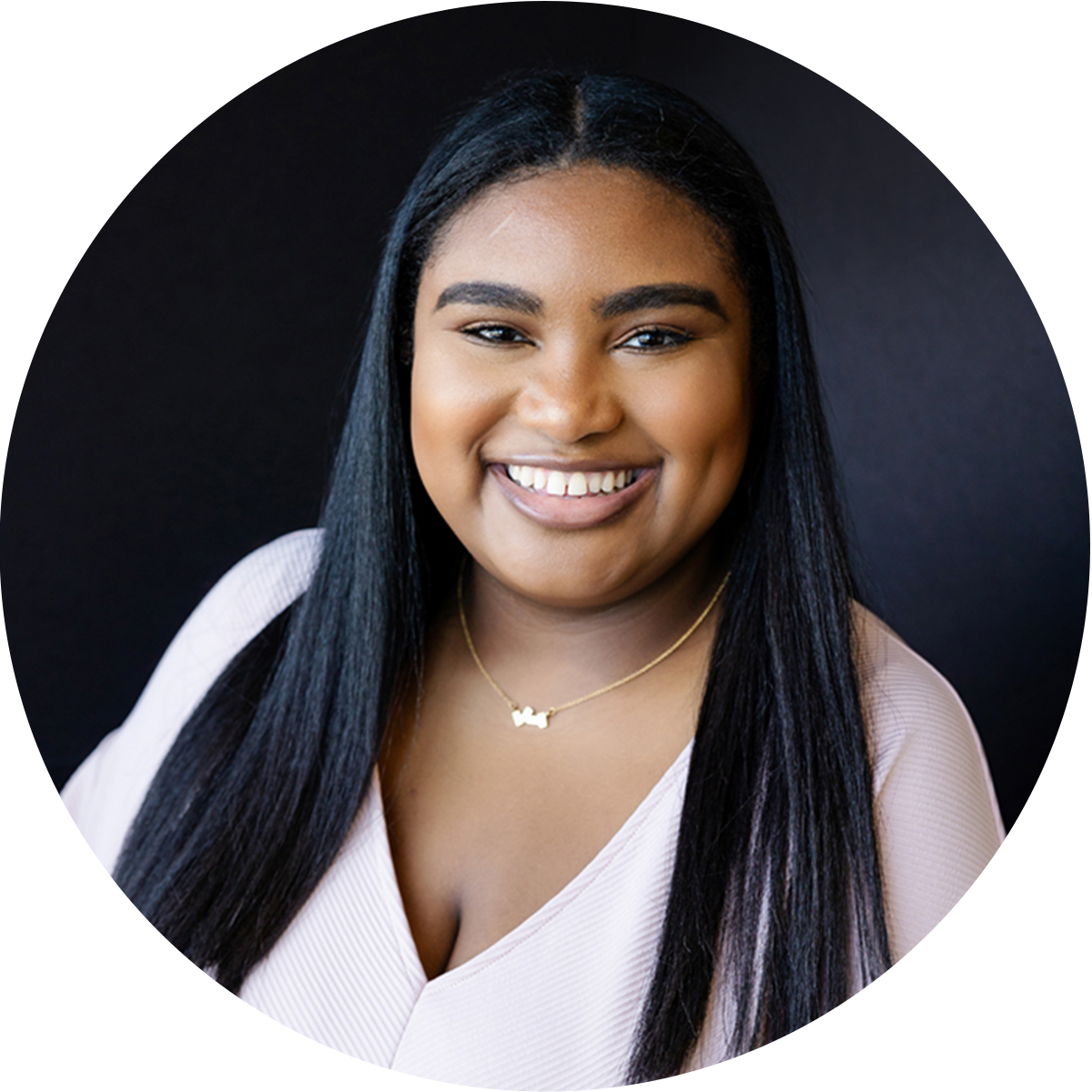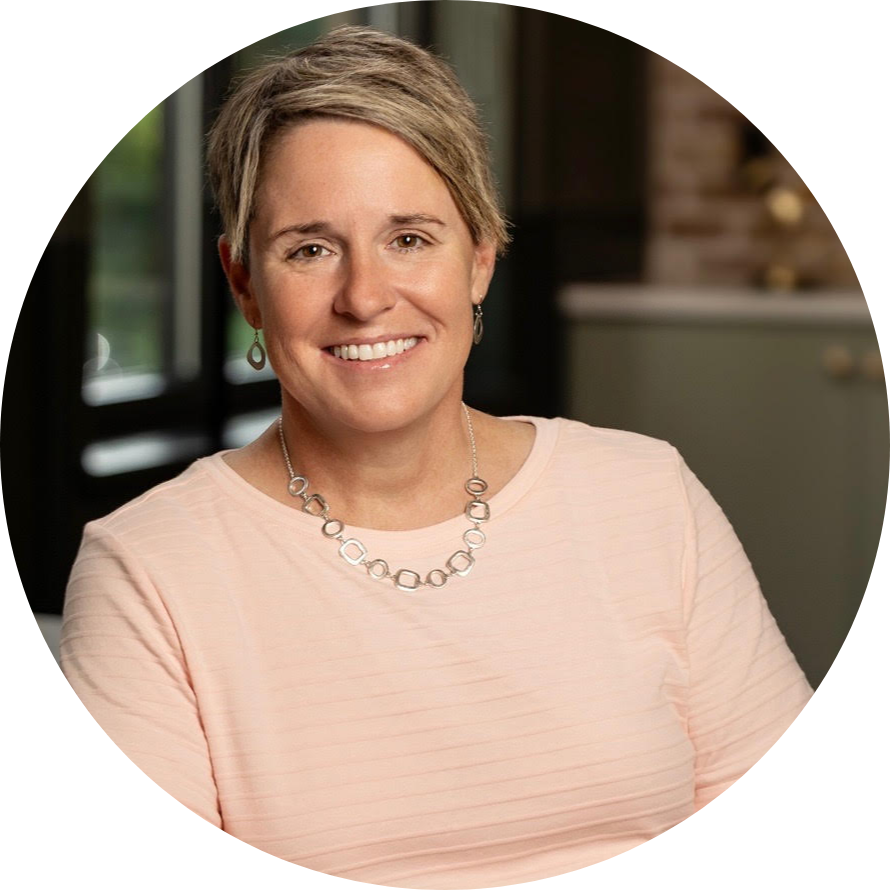Now that we have some terminology under our belts, let’s talk about what gender and gender expression actually look like in the real world. I’m going to be primarily discussing the United States, as that’s where I’m from, but some of this information may be accurate if you live outside of the U.S. as well. We do have a few more terms to talk about, but hopefully they continue to shed light on the topic.
Most people experience their gender as what is now called cisgender. This word just means that your gender is the same as the sex characteristics that you were born with and the gender that you were assumed to be as a baby. According to the Williams Institute, around 99.4% of the U.S. is currently thought to be cisgender.
However, being cisgender isn’t the only option. Thousands of years of history have shown that there has always been gender diversity in humans. Among the ancient Greeks, and even further back, we have found evidence of people who did not live as their gender assigned at birth and who were accepted. In modern terms, we might call these individuals transgender, nonbinary, or intersex. Each of these terms has a separate and specific meaning, which I’ll explain in a moment, so make sure you know the right one before using it to refer to someone.
Let’s start with the term intersex. Someone who is intersex is born with sex characteristics that are neither entirely male nor entirely female. Intersex people are not typically considered transgender as their gender may match with their sex at birth. Even if you’ve never heard of this, being intersex is more common than you may think, with about 1 in 100 people (almost the same amount of people have red hair) being intersex instead of male or female. Some people even go through life without them or anyone else ever realizing that they’re intersex. Unfortunately, in the past there have been efforts to force medical procedures onto intersex babies or children in order to suppress their existence. If you would like to know more about intersex people and their fight for equality, please visit the Intersex Campaign for Equality.
Next, what does transgender mean? This is probably a term that you’ve heard before, most likely in the news. To be a transgender person means that your gender is not the same as the one that you were assigned at birth. Transgender people often experience what is called gender dysphoria. Gender dysphoria is defined as a discomfort, distress, or unease due to the mismatch between someone’s assigned gender and actual gender. This dysphoria can present as anxiety, depression, or even anger. It is helped by transitioning to a person’s actual gender.
Transitioning is a very personal process and can take multiple forms. The most common form of transition is social. This will typically look like dressing differently, choosing a different name, or going by different pronouns. These are steps that change the gender we are viewed as in a social environment. Another form of transition is medical. This might look like starting hormones or undergoing surgery. Both types of transition are extremely safe with medical transition having around a 1% regret rate (more info here). For context, the regret rate for knee surgeries hovers around 20% (more info here).
But the most important thing that any transgender person can have is support! Studies have shown that if transgender people have support from their families and friends they will have lower rates of depression and anxiety. On a more personal level, having a support group, particularly family, has truly made the biggest difference in my life. There was such a large piece of me that was missing when I lacked that support. Even now, I am so thankful that I had people who I knew I could count on and reach out to when I needed it.
If you feel like you aren’t sure about your gender or where you fit, therapy is a great place to explore those feelings! Talking about gender is very personal, so I understand how difficult it can be. I want to help you become the most authentic version of yourself. When you’re ready, feel free to take that step and reach out.
If you feel like you aren’t sure about your gender or where you fit, therapy is a great place to explore those feelings! Talking about gender is very personal, so I understand how difficult it can be. I want to help you become the most authentic version of yourself. When you’re ready, feel free to take that step and reach out.












